Bologna, at Pinacoteca Nazionale completely rearranged Renaissance rooms
The Pinacoteca Nazionale di Bologna, after hosting the exhibition Julius II and Raphael. A New Season of the Renaissance in Bologna, reopens the Renaissance rooms, those with works from the 15th and 16th centuries, which are presented with a new exhibition itinerary, a new layout and a new graphic design. The revision of the Renaissance section, which began during the conception and preparation of the exhibition dedicated to the period, is the first step, the museum points out, of a general rethinking of museum itineraries and layouts that will also affect other sections of the museum over the course of the year and that goes in the direction of increasing accessibility and enjoyability of the Pinacoteca’s heritage. With this in mind, according to the Bologna-based institute, one of the autonomous institutes of the Ministry of Culture, the reopening of the Renaissance will also be an opportunity to verify the effectiveness of the choices made, with a view to the next steps.
“Exhibitions,” says director Maria Luisa Pacelli, “can be an important test case and opportunity to rethink the different sections of the museum, update its routes and test new tools and ways of fruition. The very history of the Pinacoteca Nazionale di Bologna bears witness to this, since the Biennales of Ancient Art promoted by Cesare Gnudi, at the head of the Pinacoteca in the postwar period, were one of the ’laboratories’ put in place by the Superintendent for the development of the museum’s radical renovation project.”
The new narrative of the Renaissance wing of the Pinacoteca is developed in 20 chapters according to chronological and thematic criteria. It covers a time span from 1450 to the mid-sixteenth century, emphasizing key junctures and the most significant works and personalities of art in Bologna during the period, according to the findings of the research work conducted with the Department of the University of Bologna for the exhibition. In addition to this, the works of great masters represented in the Pinacoteca’s collections that have no connection with local history and had therefore been excluded from the exhibition, such as Titian, Tintoretto or El Greco, have been remounted.
Beginning with its reopening, this section of the museum will also host works from other institutions, replacing those loaned to current exhibitions. The first are two valuable panels by Perugino from the National Gallery of Umbria, The Baptism of Christ (1502-1525) and Saint John the Baptist between Saints Francis, Jerome, Sebastian and Anthony of Padua (c. 1509); later will come Sofonisba Anguissola ’s Portrait of Prince Alessandro Farnese from the National Gallery of Ireland. Around these loans will be created initiatives for in-depth study and dissemination and educational paths.
The selection of the works, their sequence and the apparatus, curated by Mirella Cavalli and Arianna Manes with the collaboration of the Pinacoteca’s Communication Office, have been designed to encourage greater readability of the works and the narrative. Among the themes explored are the importance of the contribution of Ferrara artists,Francesco Francia’s activity as a goldsmith and his dialogue with the work of Perugino. Specific sections are devoted to the “bizarre” genius of Amico Aspertini, Raphael and his Ecstasy of Saint Cecilia, and the figure of Parmigianino.
The exhibition design was entrusted to Studio Bettini Architetti, with the mandate to develop a project that, while harmonizing with Leone Pancaldi’s historical layout, would manage to meet the needs of accessibility and inclusiveness of the contemporary public. The new itinerary is organized according to an ideal timeline, while the central rooms house thematic in-depth sections.
The graphic design of the layout is part of the more general revision of the coordinated image of the Pinacoteca, curated by Studio Eremo in collaboration with The Harvest Consulting, first presented on the occasion of the exhibition Julius II and Raphael. A New Season of the Renaissance in Bologna. To coincide with the reopening of the Renaissance section, the cost of the museum’s full ticket increases by two euros to €8 (until now it was €6 instead) for both ticket office and online purchases, with no presale fees applied.
“The frequent movement of works, with temporary loans and with normal conservation and restoration activities, requires today to assume exhibition systems that are versatile and easy to allow replacements and new insertions in the exhibition paths,” Sergio Bettini and Elena Marchi explain. “Such new exhibition needs have been harmonized with the layout desired by Cesare Gnudi and created in the mid-1960s by Leone Pancaldi, which started from this very section of the museum. Without altering the original spatial configuration of the long sleeve, partitioned in the center by raised masonry partitions supported by IPE-section brass profiles, the exhibition itinerary has been organized perimeterwise according to an ideal time line, while the central rooms contain in-depth thematic sections, also cadenced chronologically. At the top of the central partitions are housed iron rails, from which equally iron rods are hung to support the works, translatable horizontally and adjustable in height. Also made of iron are the new hall banner panels, display cases and captioning apparatus for the works, updated to museum accessibility standards, geared toward better readability and comprehension of the texts in Italian and English, providing for increased font size and marking the contrast between the text (light) and the background (dark). Works, supports and apparatus, made by the company Mimec, were placed at accessible heights for all visitors. The graphic design of the layout is part of the more general revision of the coordinated image of the Pinacoteca, which was carried out by Studio Eremo in collaboration with The Harvest Consulting.”
The new layout, say Mirella Cavalli and Arianna Manes, "intends to respond to the needs of exhibition clarity and therefore, compared to the past, is characterized by a reduction in the number of works on display, in order to achieve a better contextualization and a reading as linear as possible of the developments in the field of painting during the fervid season of the Renaissance in Bologna. The itinerary is divided into 20 sections and reflects a chronological progression from 1450, attested in the first room by the famous Polyptych of the Venetian brothers Antonio and Bartolomeo Vivarini, to the late sixteenth century, concluding with the section devoted to the Venetians Titian and Tintoretto and the Cretan El Greco. In addition to taking chronology into account, a criterion that has facilitated the development of a narrative punctuated by the presence of the 18 section panels that refer to a contextual view (with a focus on individual works, all accompanied by descriptive captions), the new layout visualizes key thematic nodes and emphasizes significant personalities and works. For this reason, for example, the importance of the artistic contribution of the people of Ferrara and the centrality of the decorative enterprise of the Garganelli Chapel in St. Peter’s Basilica, which was destroyed as early as the seventeenth century, is emphasized; an in-depth study is included regarding theactivity of Francesco Francia as a goldsmith and visualized the Perugino-Francia dialogue through the comparison, known to artistic historiography and widely discussed by critics, of the respective Pala Scarani and Pala dell’Annunziata that are arranged opposite each other in Room 13. A specific section is also devoted to Aspertini’s ’bizarre’ genius. Room 15 houses the famous Ecstasy of Saint Cecilia and focuses on Raphael, in dialogue with the Tuscan Franciabigio and the Imolese Innocent Francucci. The wide fortune of models developed by the Urbino master, guaranteed first and foremost by the industriousness of a well-organized workshop, is also recalled by the copy of Saint John the Baptist in the Desert, a subject of which several versions are known. The itinerary continues by developing the theme of Raphaelism, in its Bolognese and Ferrarese declination, until Room 18 focused on the figure of Parmigianino. Next, the inclusion of an early work by Prospero Fontana (1545) as well as the large panel signed by Bagnacavallo junior introduce mature Mannerism, explored in depth in the museum’s subsequent rooms. Included in the new Renaissance itinerary, of course, are major works such as the fragment depicting Mary Magdalene by Ercole de’ Roberti, the Saint Tecla Altarpiece and the Marriage of the Virgin by Lorenzo Costa, the Scarani Altarpiece by Perugino, and the Visitation by Tintoretto, which are only temporarily absent as they are on loan from other museums."
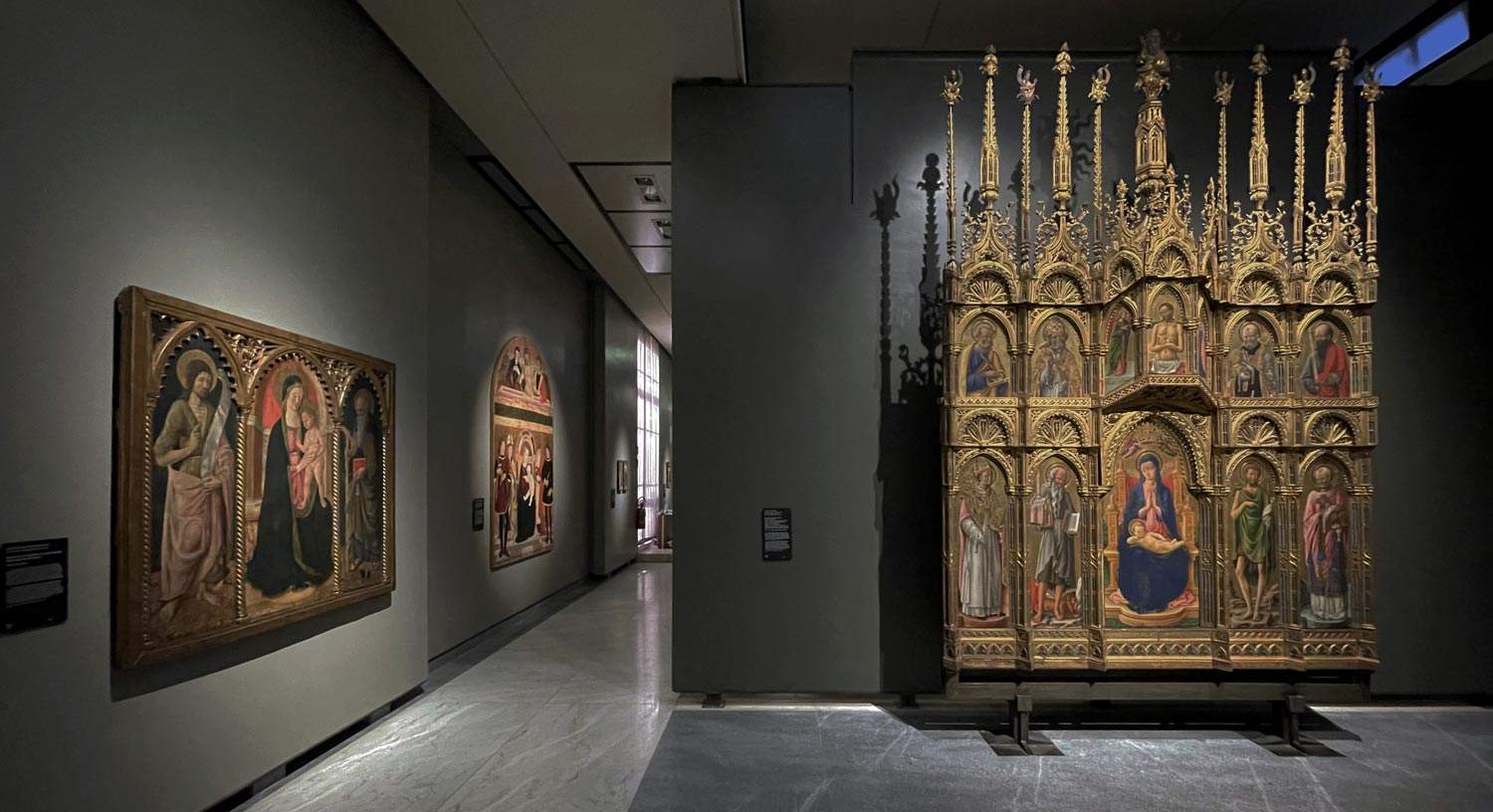
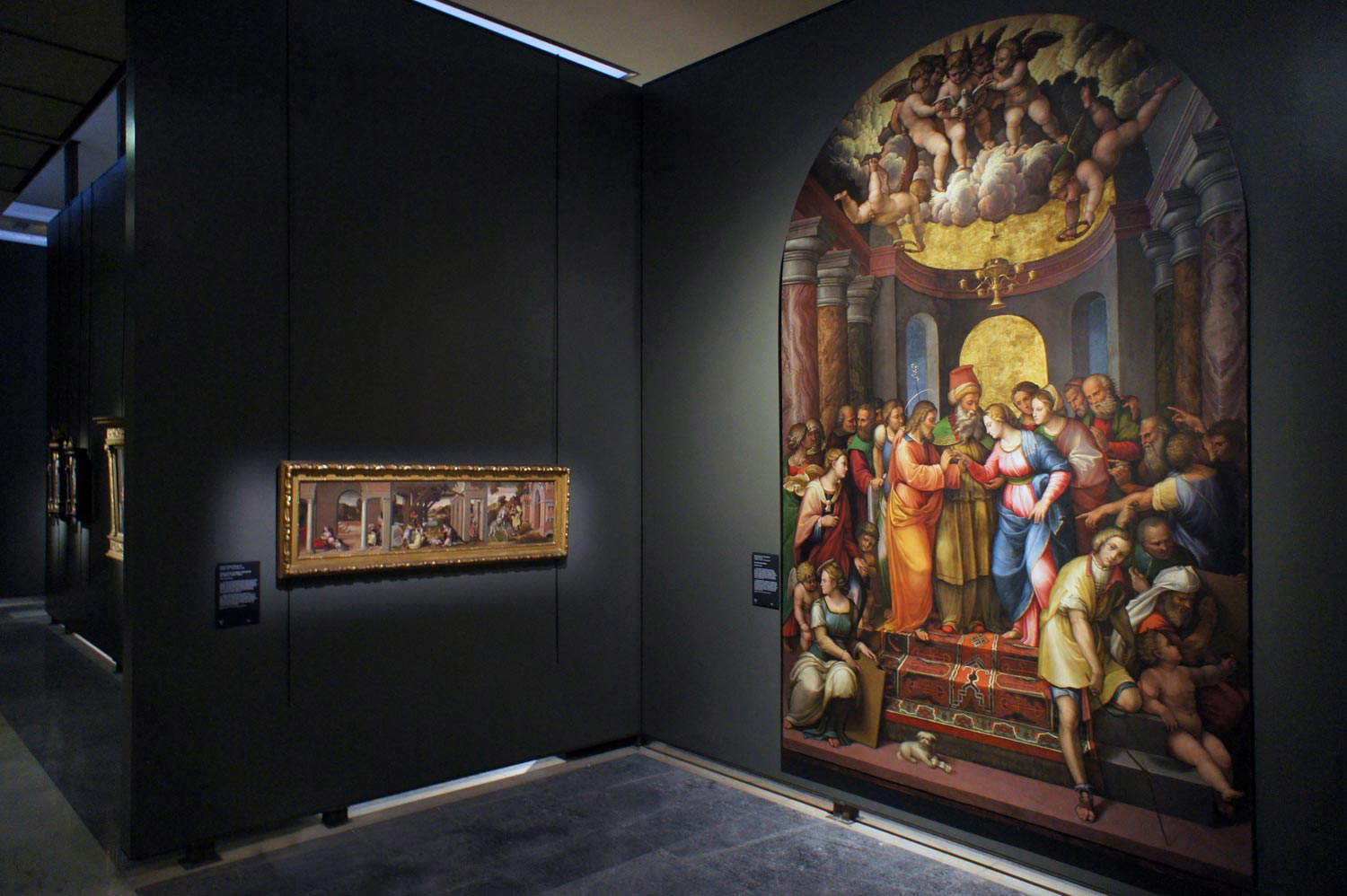 New display of
New display of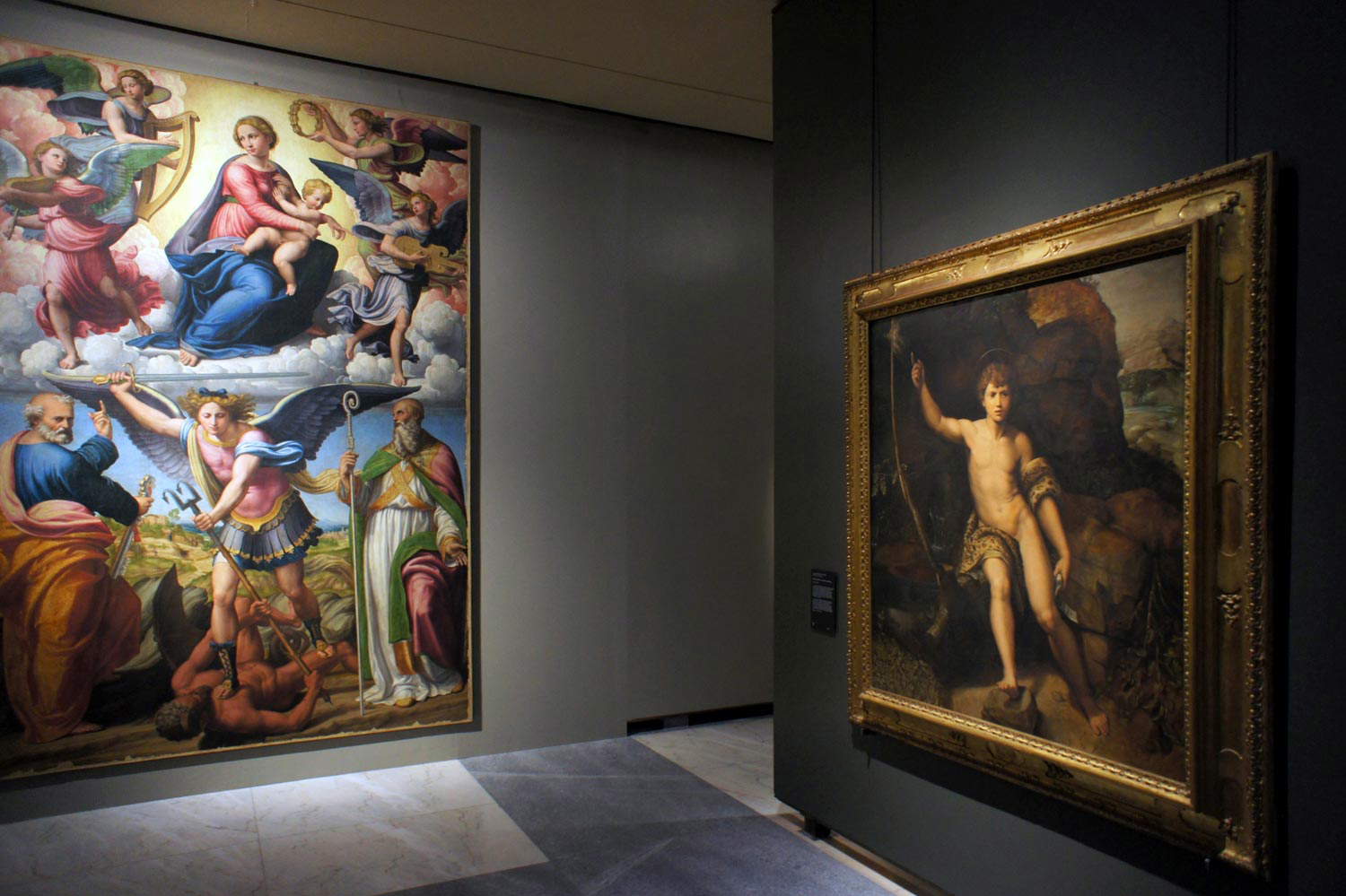 New arrangement of
New arrangement of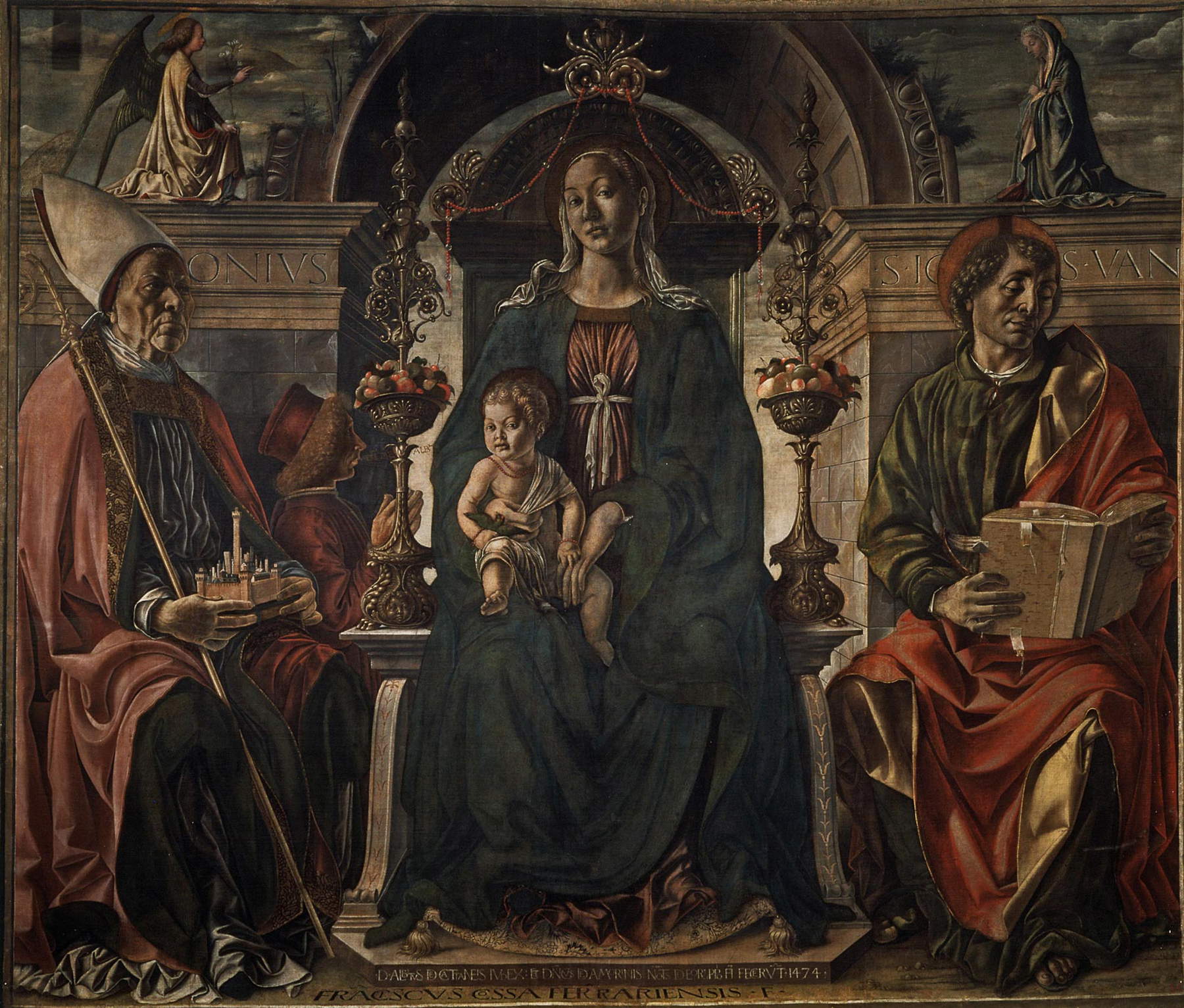
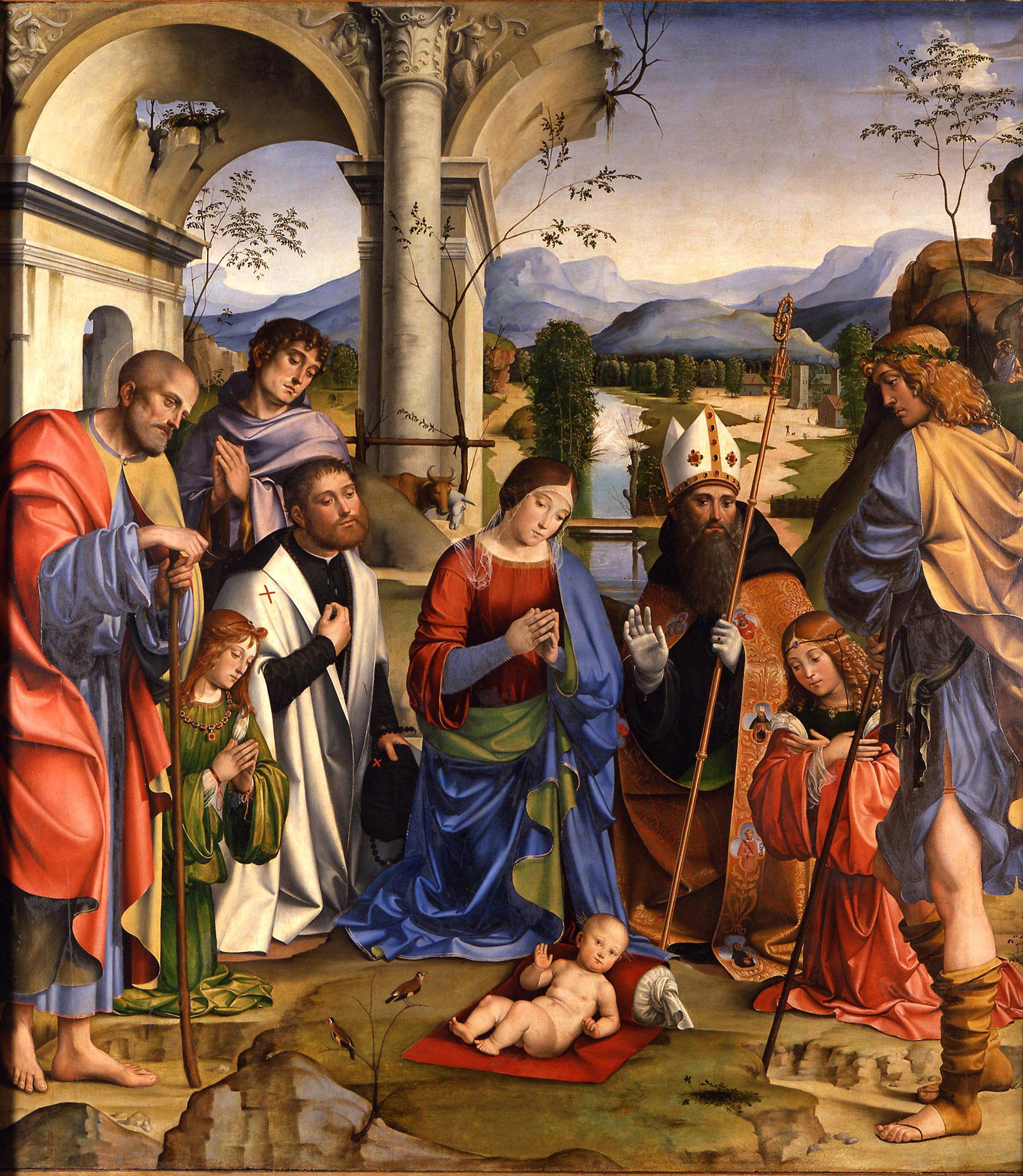
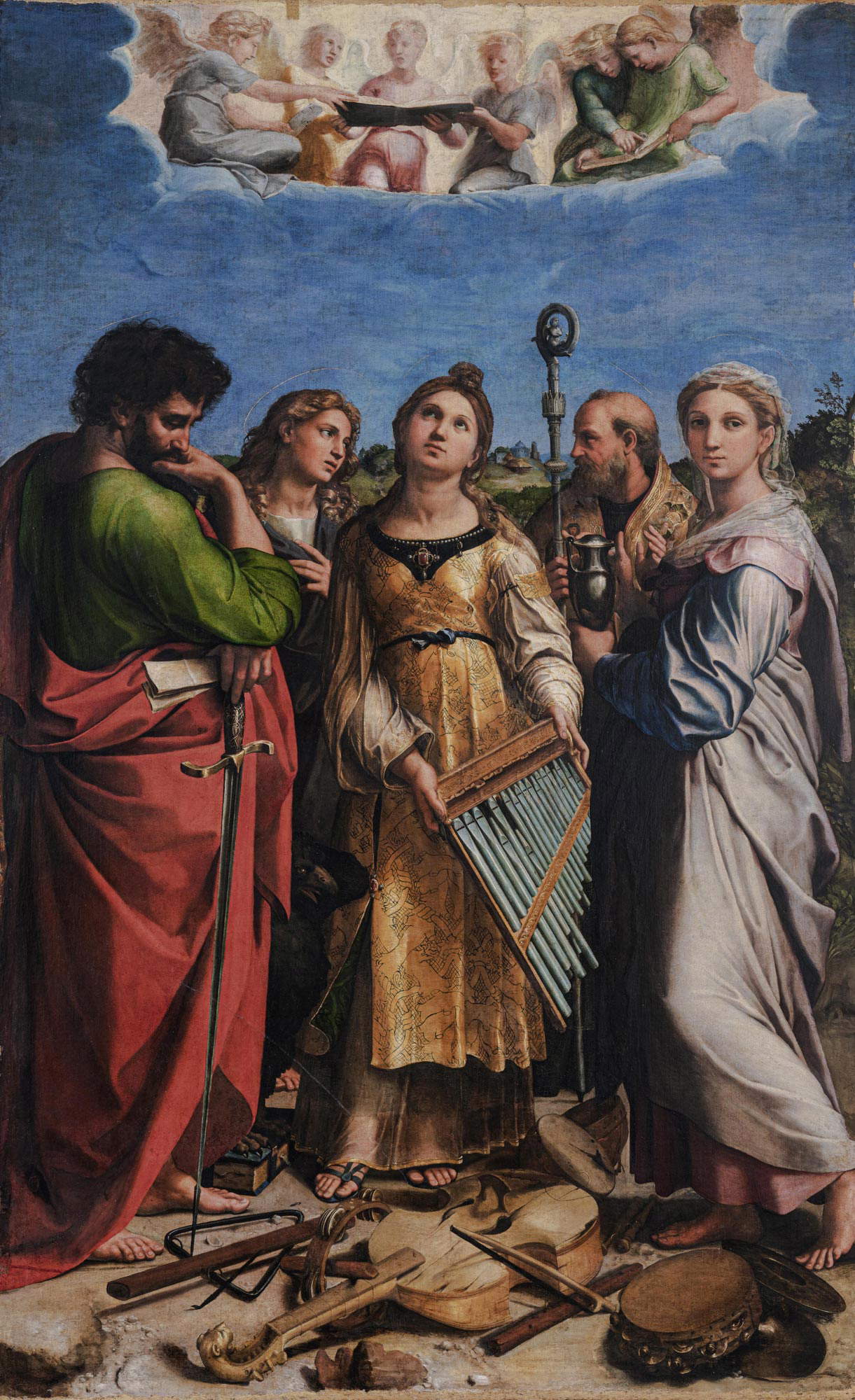
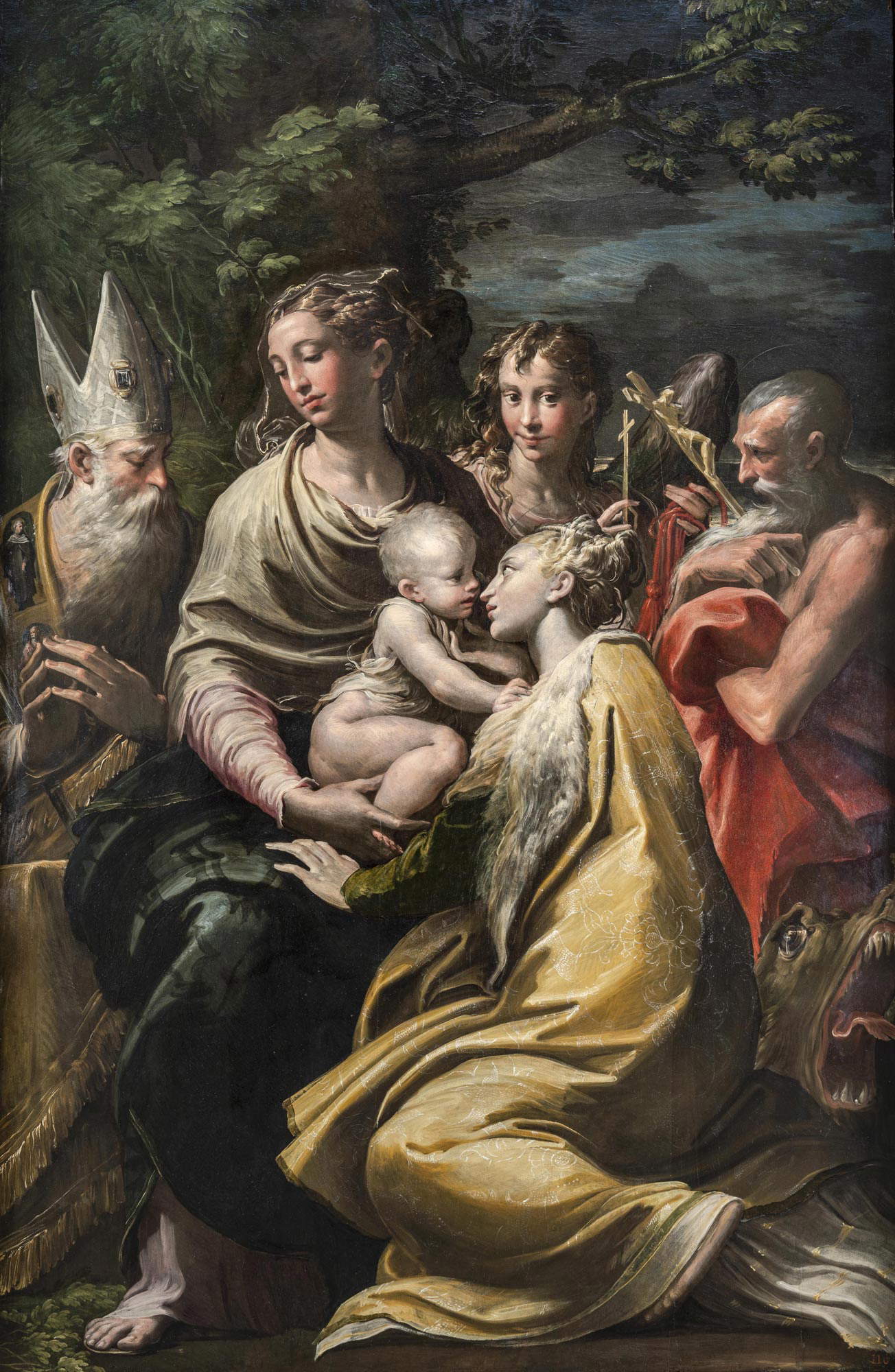
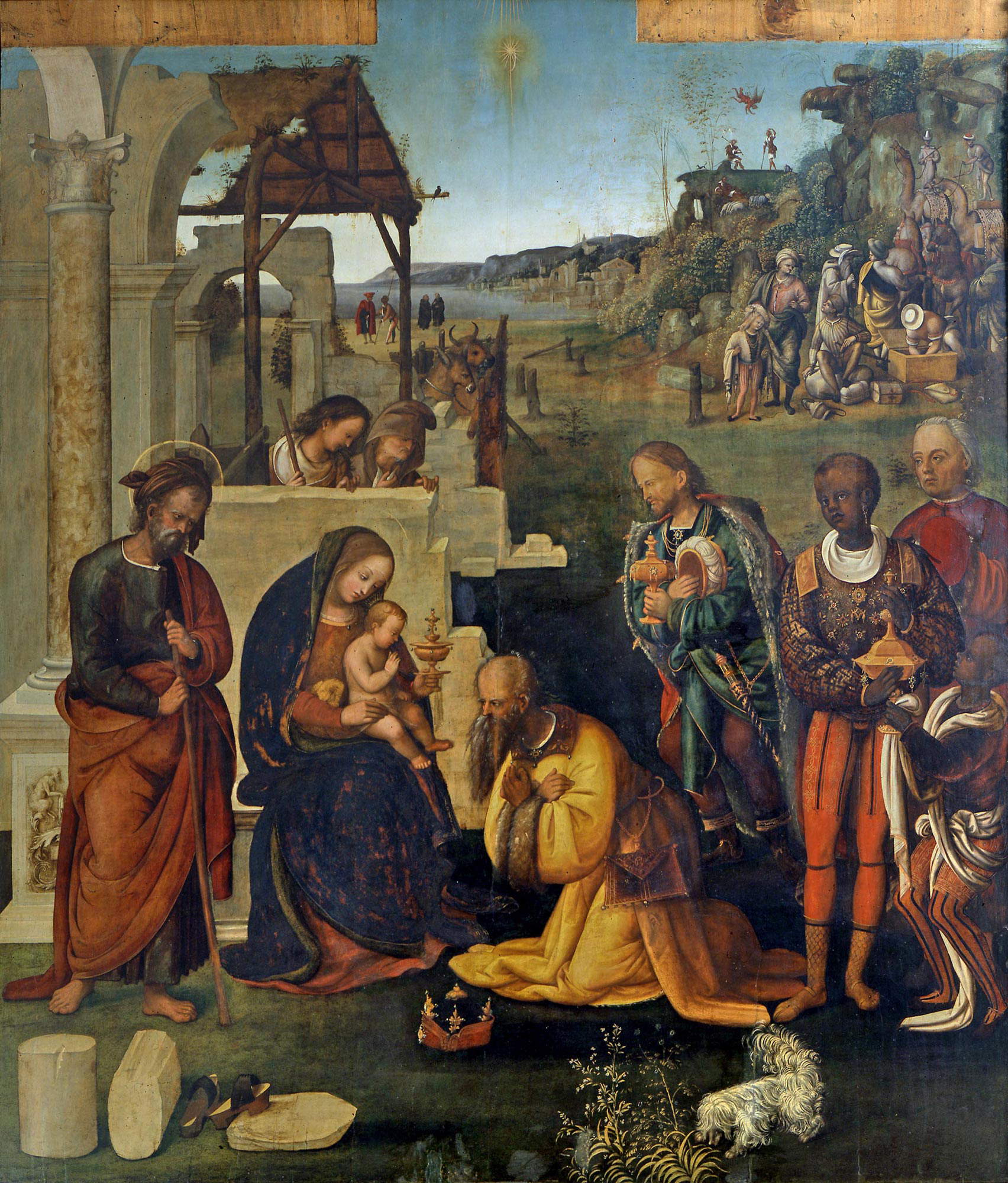
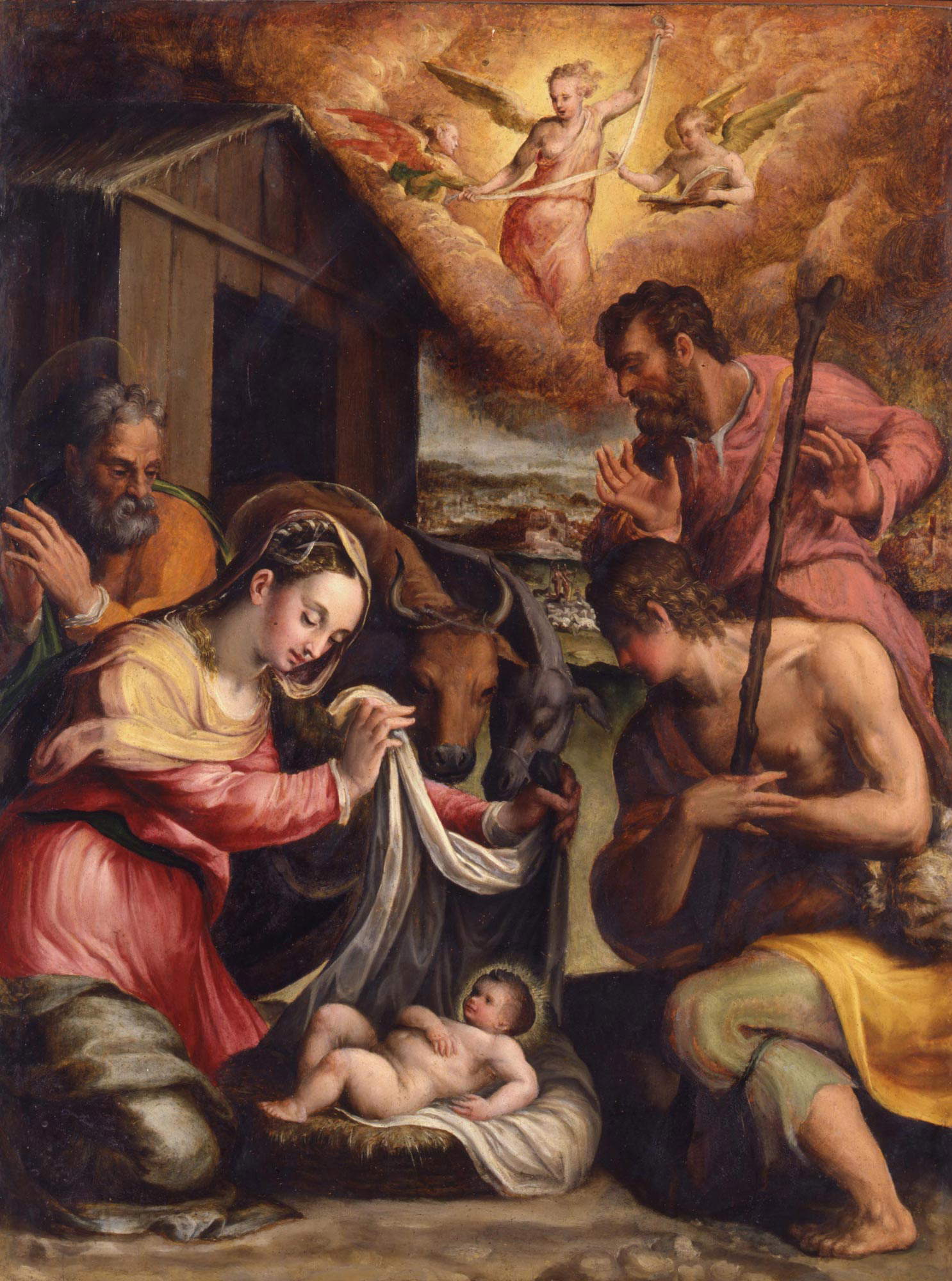
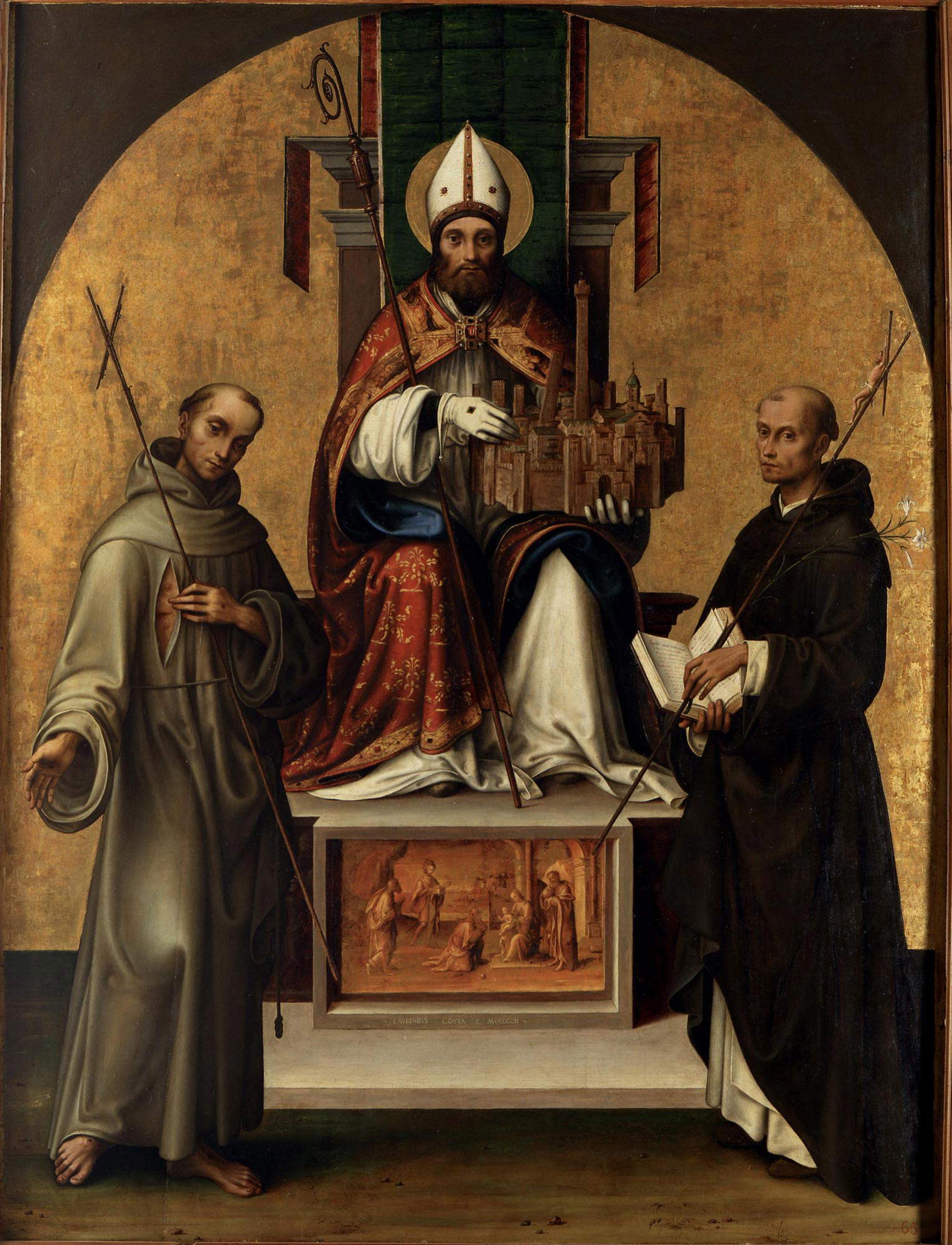
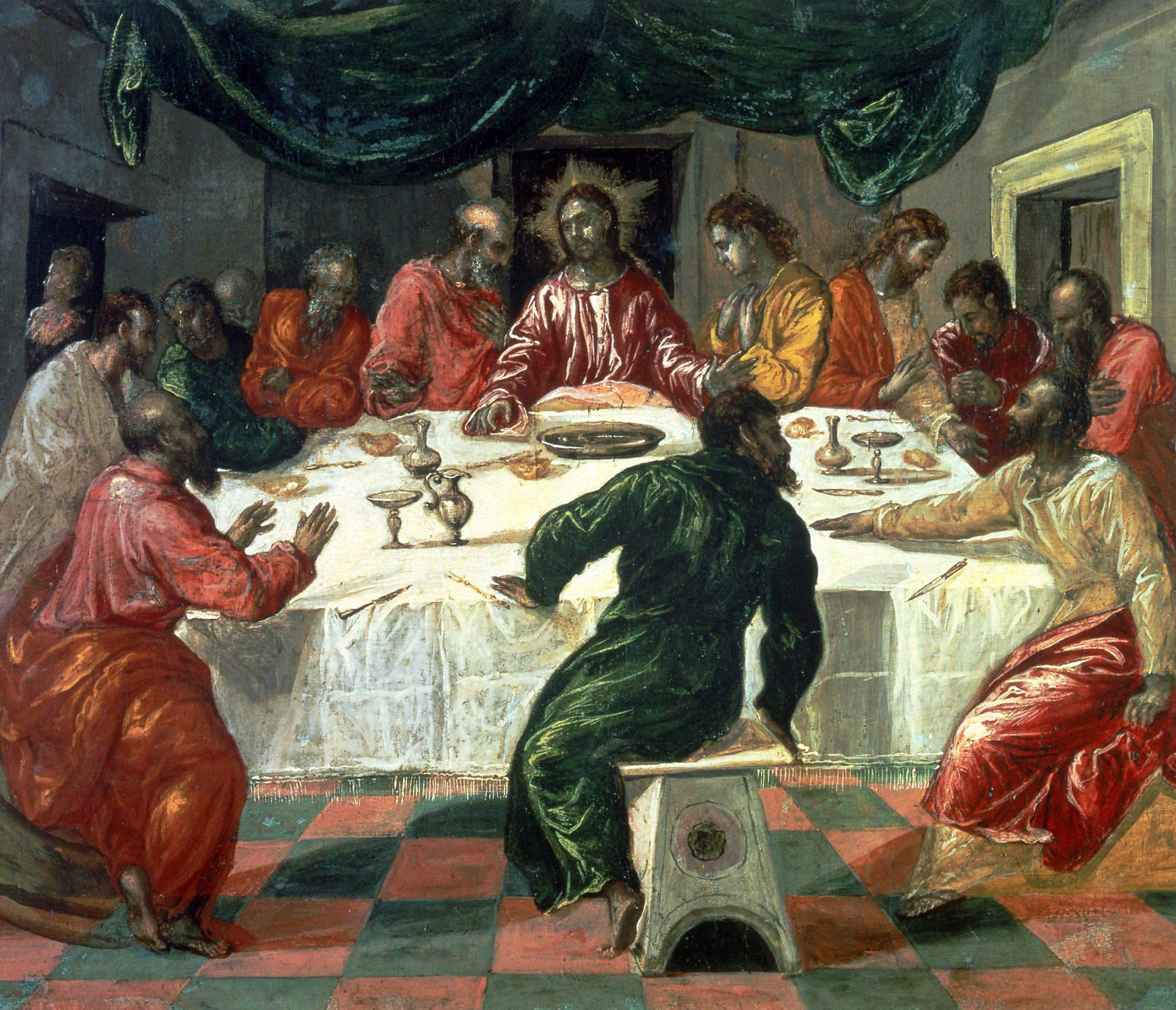
 |
| Bologna, at Pinacoteca Nazionale completely rearranged Renaissance rooms |
Warning: the translation into English of the original Italian article was created using automatic tools. We undertake to review all articles, but we do not guarantee the total absence of inaccuracies in the translation due to the program. You can find the original by clicking on the ITA button. If you find any mistake,please contact us.



























